tomatoes in 5 gal. buckets
ezzirah011
13 years ago
Related Stories

EDIBLE GARDENSSummer Crops: How to Grow Tomatoes
Plant tomato seedlings in spring for one of the best tastes of summer, fresh from your backyard
Full Story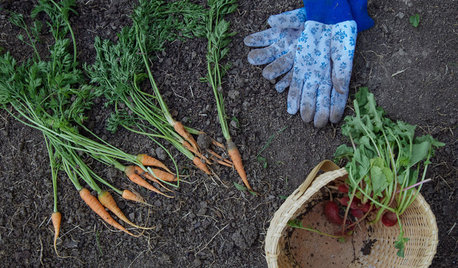
FARM YOUR YARDMy Houzz: Backyard Farming for a Kansas City Family
A backyard garden provides a family of 5 with organic seasonal produce. Here's how they do it
Full Story
FARM YOUR YARDHouzz Call: Home Farmers, Show Us Your Edible Gardens
We want to see where your tomatoes, summer squashes and beautiful berries are growing this summer
Full Story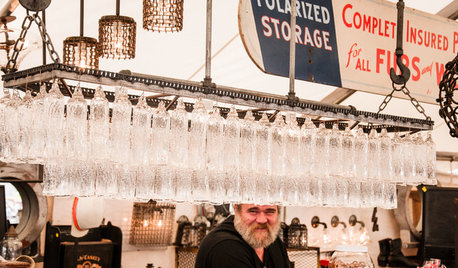
EVENTSTreasure Hunting at the Brimfield Antiques Fair
More than 5,000 antiques dealers are selling their goods along a 1-mile stretch of rural New England this week. Here's what we found
Full Story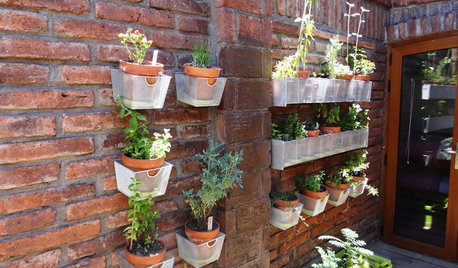
EDIBLE GARDENSHouzz Call: Where Are the Craziest Places You Grow Edibles?
Basil in a bathtub, spinach stacked up a wall ... If your edibles occupy an odd spot, we’d like to know
Full Story
FARM YOUR YARD6 Things to Know Before You Start Growing Your Own Food
It takes time and practice, but growing edibles in the suburbs or city is possible with smart prep and patience
Full Story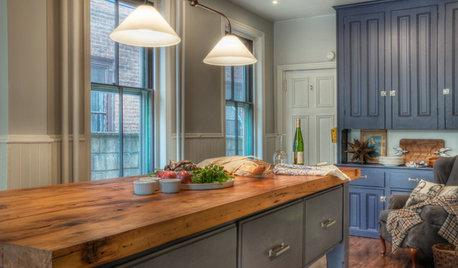
KITCHEN DESIGNEco-Friendly Materials: Kitchen Countertops
Going green in the kitchen opens the door to unusual countertop materials that are beautiful, durable and kind to the planet
Full Story
LIFEThe Moving-Day Survival Kit: Lifesaving Items and Niceties
Gather these must-haves in advance for a smooth move and more comfortable first days in your new home
Full Story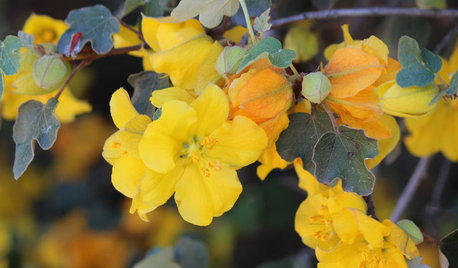
CALIFORNIA GARDENINGCalifornia Gardener's May Checklist
Only one major chore but a plethora of planting possibilities means a delightful month in California gardens
Full Story



mksmth zone 7a Tulsa Oklahoma
carsons_mimi
Related Discussions
Does anyone grow Tomatoes in 5 gal buckets?
Q
Can I Use 3.5 gal bucket for tomatoes?
Q
What's wrong with my maters?
Q
Support for Container Tomatoes?
Q
helenh
telow
Okiedawn OK Zone 7
carsons_mimi
Okiedawn OK Zone 7
carsons_mimi
ezzirah011Original Author
Okiedawn OK Zone 7
jcheckers
ezzirah011Original Author
chefgumby
jcheckers
susanlynne48
farmgardener
tigerdawn
Okiedawn OK Zone 7
ezzirah011Original Author
Okiedawn OK Zone 7
carsons_mimi
Okiedawn OK Zone 7
soonergrandmom
greengrass12
Okiedawn OK Zone 7
susanlynne48
greengrass12
Okiedawn OK Zone 7
mulberryknob
boomer_sooner
susanlynne48
paula
Frog and (or) Toad